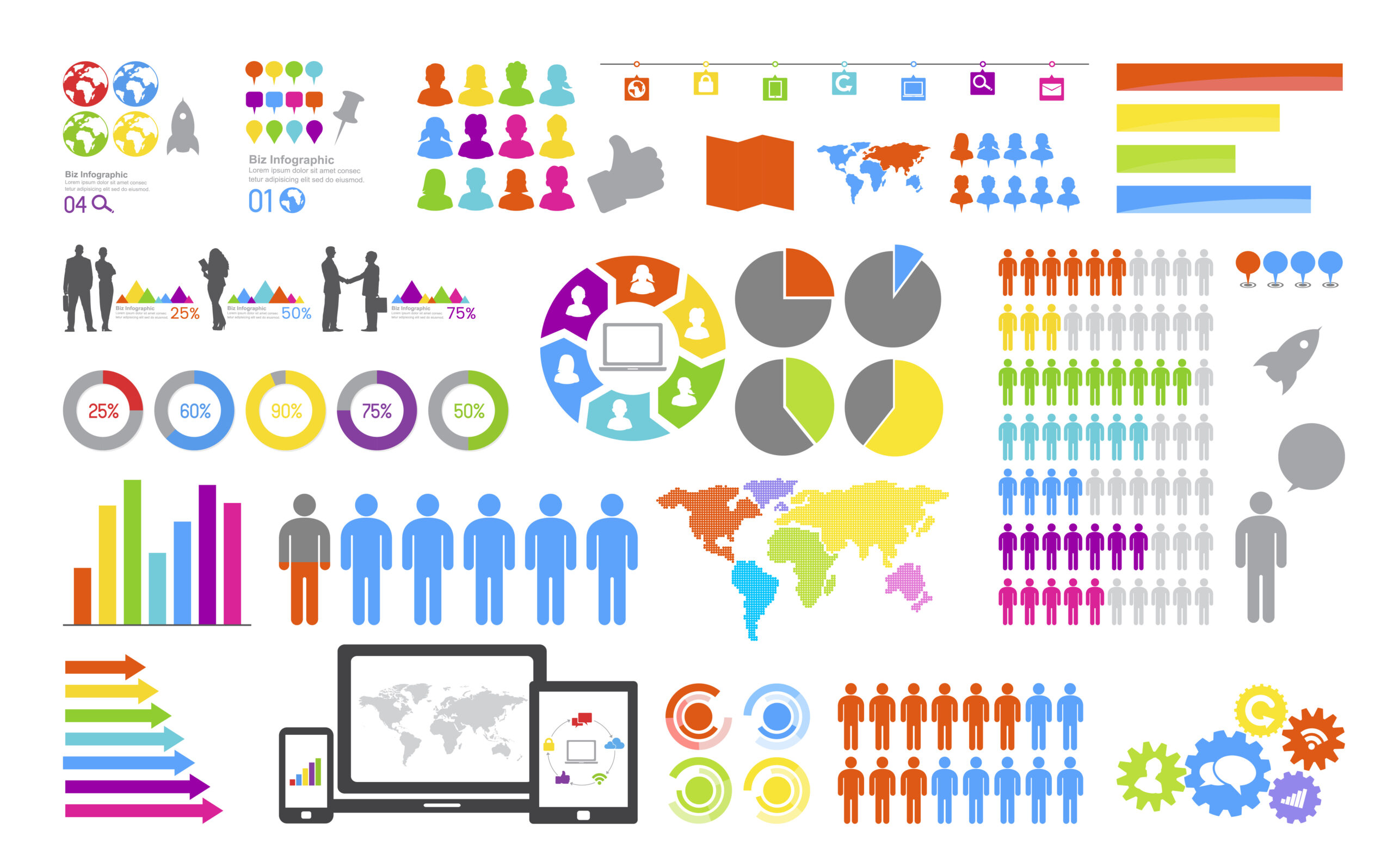What is a customer profile in advertising?
A customer profile identifies what the perfect customer looks like for your business. Profiles are made from discussions and surveys. Data is used to find the most cost-effective customers and drive high profits. A customer profile sets the groundwork for audience segmentation to enable easier targeting.
Why is customer profiling important?
Customer profiles are essential for your business so you can truly understand who to best target and seek out for sales so you can grow your business with the target customer as your foundation.
What we have noticed is that too many businesses enter the market and when faced with the question; “Who is your target customer”, they respond with “Anyone that wants XYZ”. This is a poor analysis of the market and could ultimately lead to lower sales due to little clarity on their target customer.
If the response was from parents of children between the ages 3-6 who live in Melbourne, Victoria and enjoy going to the park, it would probably give better results. These parents are more likely to connect with the product.
Our customer profile identification process
Before we get into the process directly, I would like to preface it by saying that we highly recommend this process. Some sections are less relevant than others dependent on your business and what services you do offer. If you do have any questions, please feel free to ask us and we would be happy to assist you with further information.

Step 1: What information do I need for a customer profile?
Each business has a different customer profile needs. This is why it is important to understand the fundamental characteristics so you can determine what is important to your business. Below are a few options from different segments.
Demographic segmentation:
Demographics are the fundamental characteristics of your customer that rarely change. They usually drive the majority of your product / service decision making with who to target.
Here are a few demographic examples for a Business to Consumer (B2C) business type:
- Age
- Sex
- Income
- Location
- Education
- Family status
For Business to Business (B2B), a few of these will remain the same, however, there may be a few different demographics such as:
- Job Title
- Company Size
- Industry
- Revenue
- Employee size
Behavioral segmentation
Behavioral segments are essential to determine how your audience makes decisions, enabling you to best tailor your service to how they decide.
Some examples of behavioral segmentation include:
- Device used to make buying decision.
- Spending pattern; do they tend to buy your product seasonally?
- Product usage
- Channel preference; Do they prefer Instagram over Facebook?
Psychographic segmentation
Psychographic segmentation is essential to determine what your audience is interested in, giving you the opportunity to provide your offer to what interests.
Some examples of psychographic segmentation include:
- Lifestyle choice
- Habits
- What do they value?
- Key pain points
Step 2: How to begin gathering information for a customer profile.
This step is peculiar, as every business is in a different stage of its life cycle. Some may be over 20 years old, whereas others may be pre-revenue. No matter what stage you are in, it is great to do this process. However, how you gather information may be slightly different.
Pre-revenue businesses:
Since you have not sold a single product yet, you will not have customer data to back who is your best customer. However, we recommend that you still create a customer profile.
Methods to do this may include:
- Social media engagement:
- See who is engaging with your social media. You may set up a poll/ survey on instagram to determine who your ‘active’ audience is from the outset.
- Competitors:
- A simple method would be to deep dive into your competitor’s website and social media. Likewise, you can see who is engaging on their posts. You can use this information to see ages, demographics and base characteristics that can help build your fundamental customer profile.
- Website analytics & survey:
- You could use a tool like Google Analytics to see how people flow through your website. You can also use Microsoft Clarity, to create heatmaps and record sessions to see how website visitors are engaging with your website. This is a highly recommended practice.
Post-revenue businesses:
Whether you have been in business for 100 years or 3 weeks, you will see some form of data that can be used to create your base customer profile.
Methods to do this may include:
- Pre-revenue methods:
- We highly recommend including all pre-revenue methods as this is still a fundamental method to test your audience. You just may be able to do it on a larger scale!
- Internal discussion:
- If you sell a high-ticket product or a service, your sales team is likely to be in contact with prospects every day to sell. This team will know exactly who is most likely to be fast to respond, decision makers and the core target audience. We highly recommend you talking to them first to begin building the key pieces of information for your customer profile!
- Review past customers:
- If people have purchased your product / service, it is a matter of time until some customers are more tricky than others. These customers may be out of the blue and an outlier, but there may also be a trend. We recommend reviewing different buckets of customer difficulty to determine which are best for your business so you can prioritize these people.
- Past Advertising:
- If you have advertised before, it is worth seeing where the advertising spend went to and who was targeted in the process. We recommend you check your audience choice and which ads performed the best. If you find this difficult, click here to see a tutorial on how to select your audience on Facebook.
Step 3: Work out your customer’s demographic.
To do this, you will need to find answers to key questions from your customers. As mentioned, this may be through a survey, or you may do this within your team by using data. Some questions that are great starting points include;
- Where do our buyers live?
- What is the average age bracket of our customers?
- Do our customers have a product preference depending on age?
- Is my customer normally married or single?
- What is the average income of my customer?
- Do they tend to have higher disposable income?
- Does your customer have a higher education (Bachelor’s degree etc)?
- Are they a fast decision maker, or require a lot of information?
- What is their regular pain point?
These are a few simple questions you can find the answer to which can help you develop the foundational pieces of your ideal customer profile.
Step 4: Analyzing demographic data with profitability.
This step is key. This is what you will need to use to find out the difference between a paying customer and a GREAT paying customer. We recommend applying all the below against differing variables from your demographic list. An example may be comparing average order values based on age groups. Again, businesses vary, however these questions build on the fundamentals while also assisting your business find potentially new marketing angles:
- What is the average duration from first website visit to product sold?
- What is the Average order value of differing customer’s ages?
- Does certain states / countries have different conversion rates (location prejudice)
- Is there a correlation between age or income against customer service inquiries?
- What is the average website viewer frequency prior to a purchase?
Once you get this data, it is time to analyze it and see what is the best for you. While some options may look great on paper, it is also important to consider the intangibles that affect your sales and may ultimately negatively impact your business.
An example of this could be:
People between the ages 35-44 spend 20% more on shoes through XYZ ecommerce store than the 18-35 category due to higher disposable income. However, they require 5 times the information prior to conversion, resulting in staff spending 10% more time allocated to supporting them in their sale. This therefore results in the net profit for the 35-44 age group being profitable.
Step 5: What is your Unique Selling Point (USP)?
In business, to succeed you need to differentiate yourself from the competition to be considered of value to your potential customers. This is largely through solving a problem for them that they may not have yet found a way to fix.
If you are able to find their clear pain points you resolve, this will definitely form part of your sell, along with who is your ideal customer. To succeed, you must understand your ideal client and why they need you.
Step 6: How to determine what is useful and what is not?
A key step of this process is identifying what information is useful for you and what may be outliers that could harm your customer profile. Sometimes there may be an extreme circumstance that affects the customer. For example, the customer caused more time and labour for your business however, it was due to a once-off random scenario. This should not be included in your data, as it is most likely not relevant and may harm your overall customer profile.
We recommend you look at trends Check for experience type, turnaround times, customer satisfaction and buyer journey. It is best to ensure multiple customers fit into the same category, signaling a trend.
Step 7: Download your customer profile template.
Once you gather all customer information you have, it is a great idea to sit down with your team to make sure everyone is on the same page about what works and what does not so everyone agrees on the ideal client for the company.
Prior to doing so, you will need a customer profile template to fill in. We recommend using this one here, from Forbes.
Once downloaded, we recommend having a chat about your company’s values and where you see the company in 5 years. This will support the trajectory of the type of customer you require to achieve that.
This is a basic template to give your team the opportunity to agree on the fundamental demographics of your ideal client.
Step 8: Building out your customer profile.
When you open the template, you will see it is structured into various sections. We recommend that you use the data previously generated in steps 3-4 to really form the majority of this underlying information.
In the template, you will need to fill out information, such as:
- Age
- Gender
- Education level
- Profession
- Family size
- Location
- Income
- Industry Challenges
- Industry Opportunities
- Buyer behavior.
Using all the prior steps, you should be able to now form a really powerful ideal customer profile. If you require, we recommend adding more points, such as acquisition channel (instagram, facebook, google etc) to draw more information out and more accurately build a customer profile.
A Google Ads strategy could have a different customer profile to other channels for example.
It could also be worth you building a second template for what a bad customer profile looks like. This gives you the opportunity to avoid these customers before they could become a headache for your business!
What next?
After completing the above, you are definitely ready to begin looking at how to shape your business and select the right customers. If you are someone who invests in paid ads, we recommend looking at these articles to see how we advise on implementing your customer profile into your advertising campaign.




